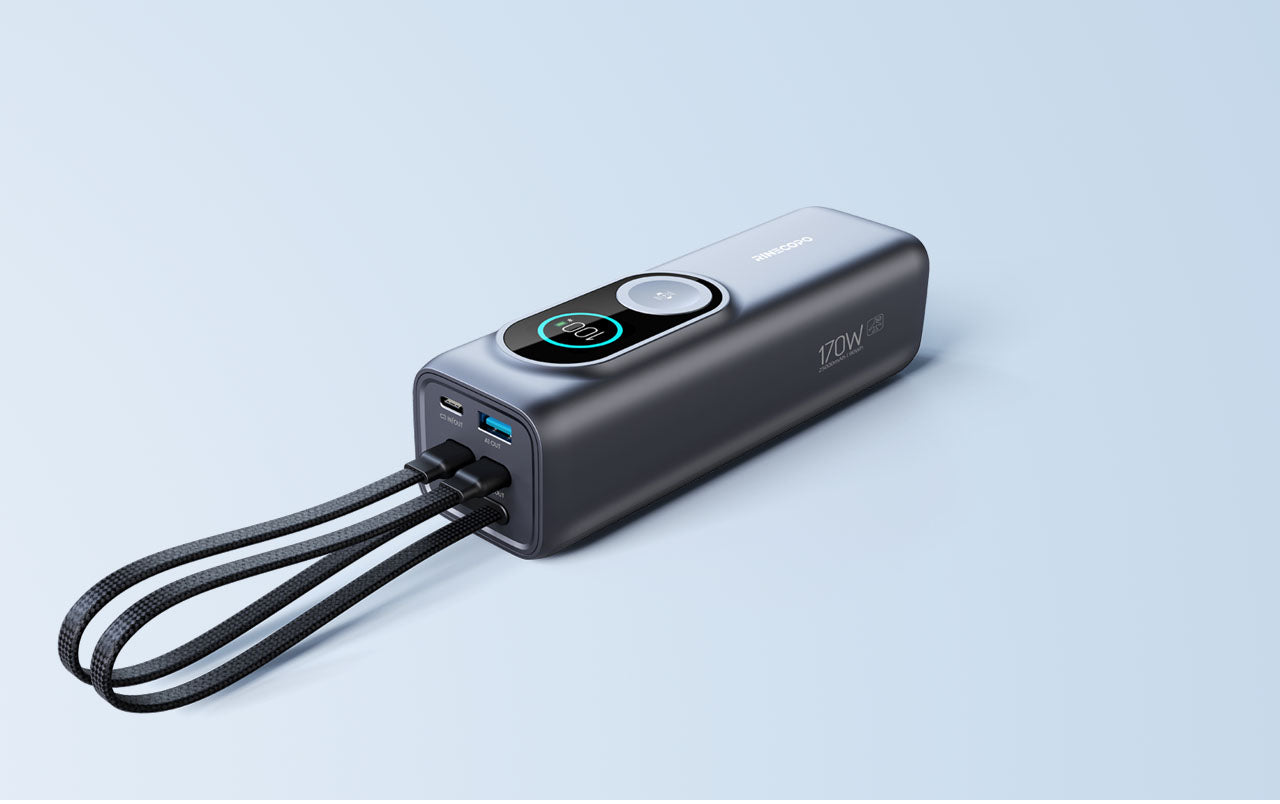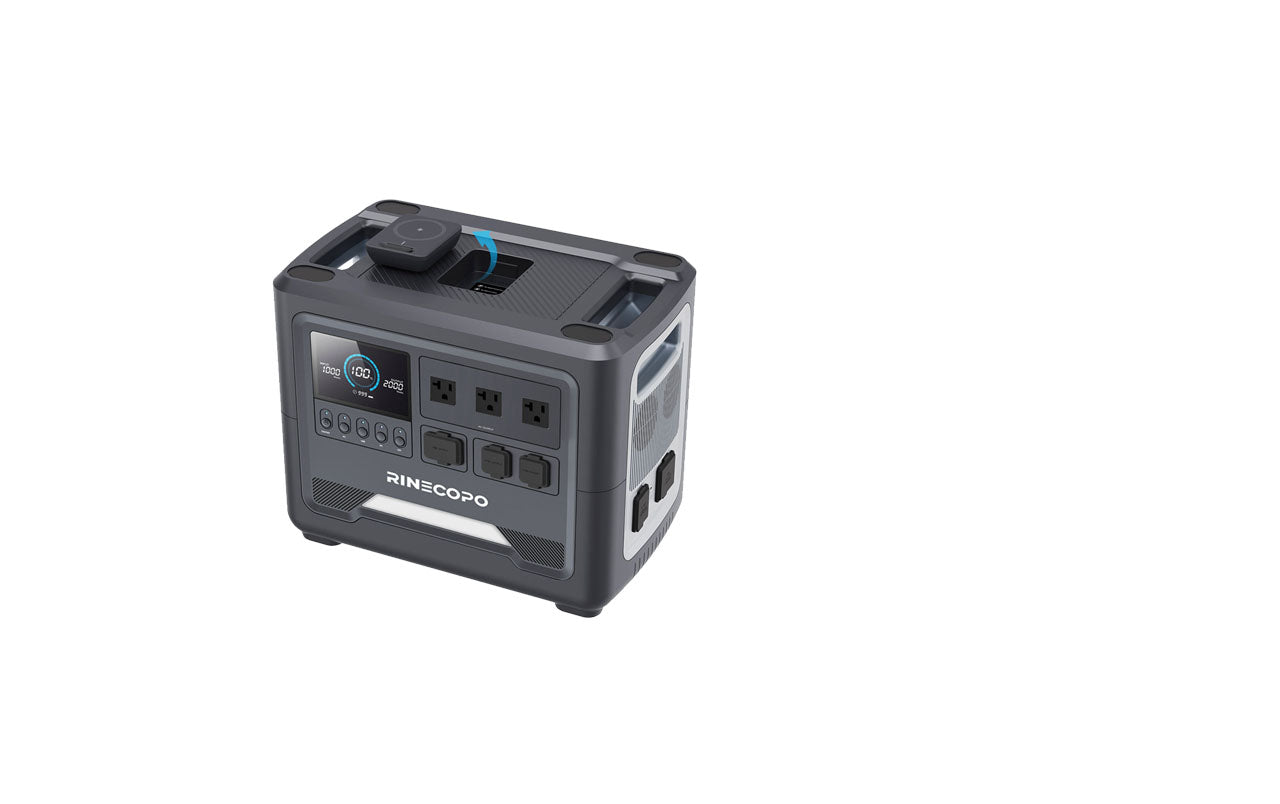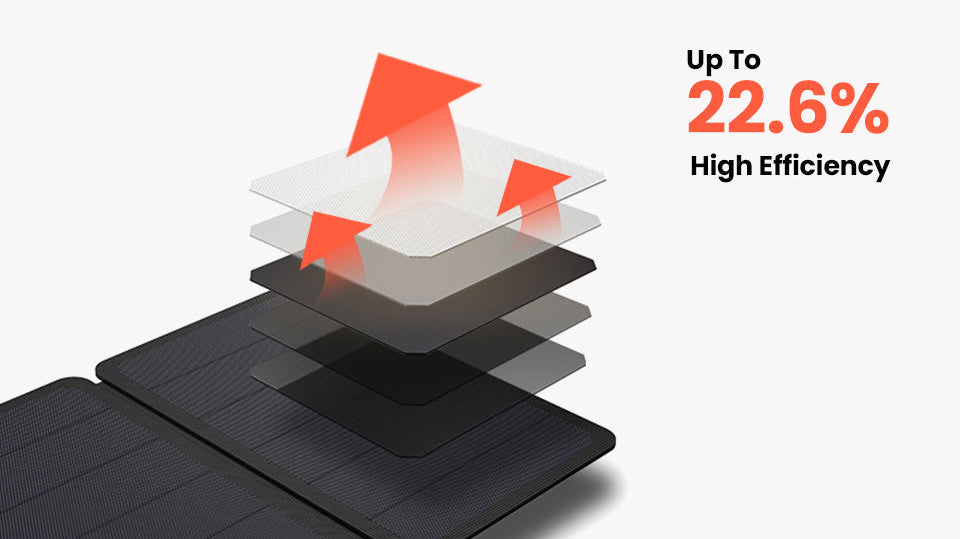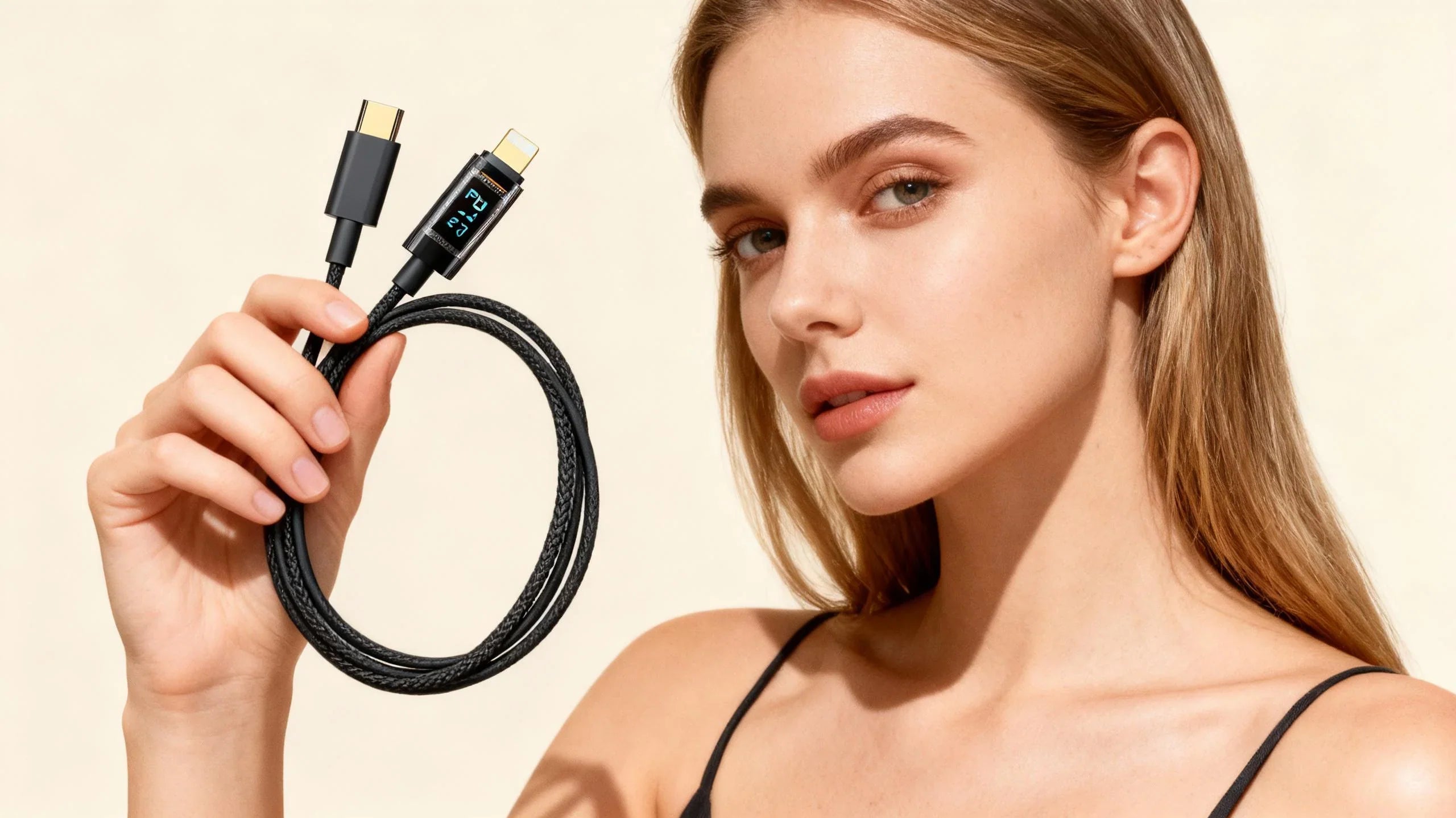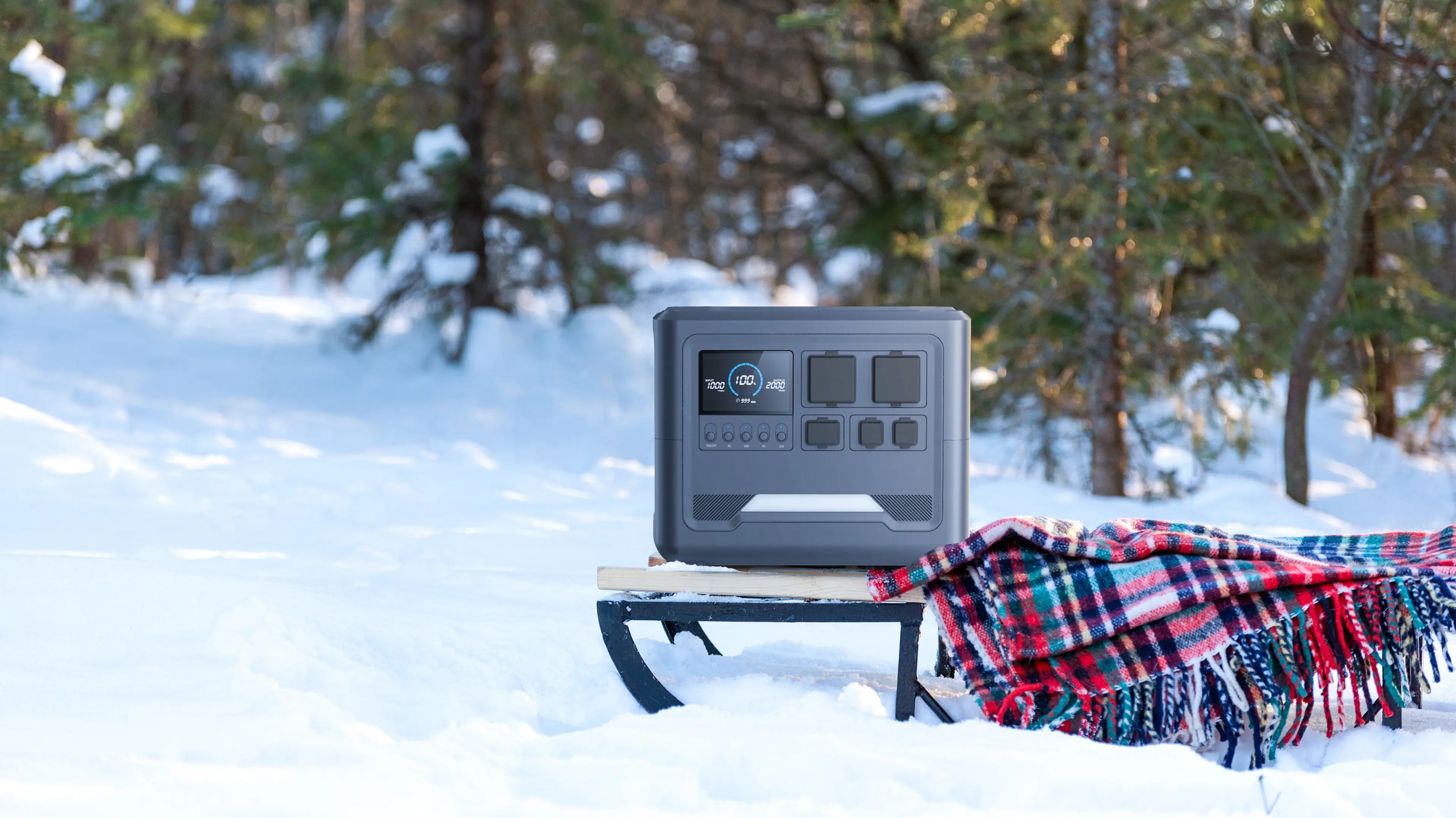
We’ve all been there: you’re out on an adventure, ready to snap the perfect photo or follow your GPS, and suddenly—you see that dreaded 1% battery warning. In today’s connected world, a dead phone can feel like being stranded on a deserted island. That’s when a reliable portable power bank becomes your lifesaver. But with so many options out there, how do you pick the right one? This guide will walk you through everything you need to know to make a smart choice.
1. Determine the Right Capacity (mAh)
Capacity is the most obvious spec, measured in milliamp-hours (mAh). Think of it as the “tank size” of your power bank—it determines how many times it can charge your devices.
-
Everyday Carry (5,000 - 10,000mAh)
Ideal for commuting, short trips, or emergency backup. These compact power banks can charge a smartphone 2-3 times and easily fit in your pocket or small bag. -
Travel and Heavy Use (20,000mAh)
Perfect for students, travelers, or anyone charging multiple devices. This capacity can cover a weekend trip, keeping your phone, tablet, and other devices powered. -
Long Trips and Laptops (20,000mAh+)
For adventurers, photographers, or digital nomads, high-capacity power banks can charge not only phones but also cameras, headlamps, and even laptops.
👉 One example in this category is the RINECOPO 25000mAh power bank, which balances high capacity with fast charging, making it suitable for multi-day trips and outdoor use.
2. Match the Output for Fast Charging
If capacity is the “fuel,” output power (watts, W) is the “flow rate.” Higher output charges devices faster—but only if your devices can handle it.
-
Smartphones and Small Devices: Most modern phones require at least 18W for fast charging, which can bring your battery from 0% to 50% in about 30 minutes.
-
Tablets and Laptops: Tablets often need 18W-30W, while laptops may require 45W, 65W, or even 100W. Always check your device’s original charger specs.
3. Consider Size and Portability
Bigger capacity usually means more weight and bulk. The key is balancing how much power you need with how much you’re willing to carry:
-
Light Emergency Use: 5,000mAh is perfect for occasional top-ups.
-
Daily Use: 10,000-20,000mAh strikes a balance between power and portability.
-
Travel and Outdoor Adventures: 20,000mAh+ provides more energy but adds weight.
For backpackers, the goal is practical capacity, not the absolute biggest number.
4. Prioritize Safety Features
A good power bank is not just convenient—it should be safe. Cheap models can overheat, damage your devices, or even cause fires. Look for:
-
Overcharge Protection: Stops charging when your device is full.
-
Short-Circuit Protection: Cuts off power in abnormal situations.
-
Temperature Control: Shuts off if the device overheats.
5. Look for Useful Extra Features
Once you’ve covered the basics, extra features can make your power bank more convenient:
-
Multiple Ports: Charge several devices at once.
-
USB-C Ports: More modern, faster, and widely compatible.
-
Wireless Charging: Place your phone on the pad—slower but cable-free.
-
Pass-Through Charging: Charge your power bank and devices at the same time—handy in hotels or limited outlets.
6. Check the Input Charging Speed
Many people overlook this: your power bank itself needs to charge. A 20,000mAh unit with slow input might take 10+ hours to recharge.
Look for fast input via USB-C to cut recharge time significantly. For outdoor enthusiasts, models compatible with solar panels can add even more flexibility.
7. Capacity vs Usage Scenario
| Capacity (mAh) | Best For | Example Device Usage |
|---|---|---|
| 5,000 - 10,000 | Everyday carry, short trips | Phone top-ups, small gadgets |
| 10,000 - 20,000 | Travel, moderate use, multiple devices | Phone & tablet charging on weekend trips |
| 20,000+ | Long trips, outdoor adventures, laptops | Multi-day travel, camera, headlamp, light laptops, e.g., RINECOPO 25000mAh |
8.Conclusion
Choosing the right portable power bank comes down to balancing:
-
Capacity – how much power you need
-
Output Power – how fast you want to charge
-
Size and Portability – how easy it is to carry
-
Safety Features – protecting both you and your devices
-
Extra Features – convenience and versatility
If you need a high-capacity option that can handle multiple devices while staying reliable, a model like the RINECOPO 25000mAh power bank is a solid pick. It can keep you powered during commutes, weekend trips, or outdoor adventures without worry.
Recent Posts
Blog Tags
Top Solar Panel Efficiency Tips: How to Get the Most Out of Your Solar System
By optimizing your panel angles, keeping surfaces clean, improving cooling and wiring, and adding battery storage, you can maximize your solar energy output and enjoy more reliable, sustainable power every day.
Why Some USB-C Cables Don’t Work — And How to Fix It
One of the most common causes of cable failure is simple wear and tear. Constant bending, twisting, or yanking can break the internal wires, leading to unstable connections or total failure.
Signs of cable damage include:
-
Frayed or exposed wires
-
Loose or bent connectors
-
Intermittent charging or data loss
If you notice any of these symptoms, replace the cable immediately.
Cold-Weather Power Guide: How to Use Your Portable Power Station Safely in Winter
Why Cold Temperatures Affect Battery Performance
Most portable power stations use lithium-ion or LiFePO₄ batteries, both of which rely on chemical reactions to store and release energy. When temperatures drop below freezing, those chemical reactions slow down, leading to:
-
Reduced charging efficiency
-
Shortened runtime
-
Slower power output
-
Possible cell damage if charged below 32°F (0°C)
In other words, your power station’s battery isn’t “broken”—it’s just cold. Keeping it within its recommended temperature range (usually between 32°F and 104°F / 0°C–40°C) helps maintain performance and lifespan.
